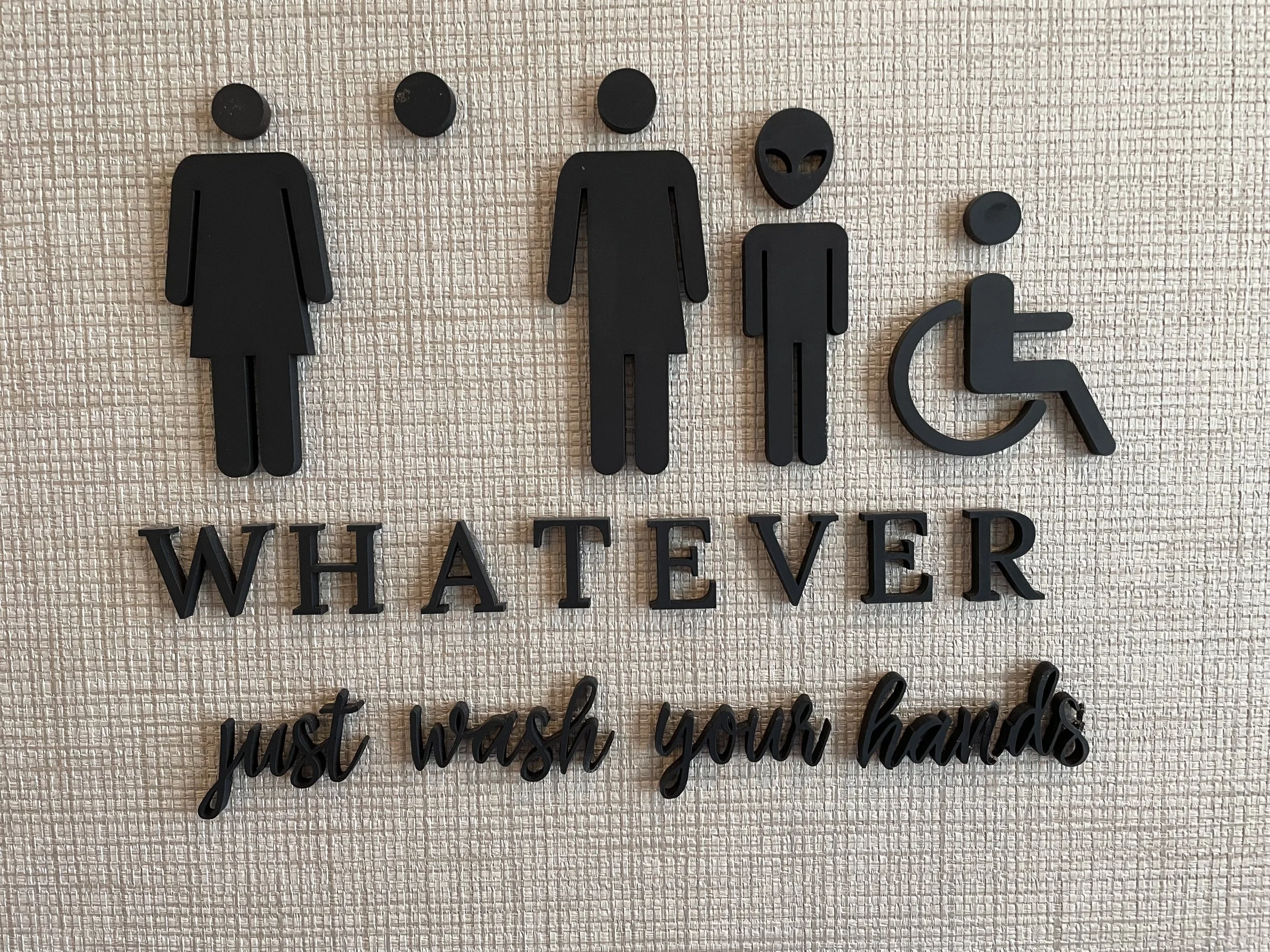The U.S. Supreme Court’s 2021-2022 term produced biggies on abortion, religious freedom and the separation of church and state. The term that opens October 3 will bring another blockbuster — if the high court finally settles the unending clashes over LGBTQ+ rights versus religious rights.
Newsroom professionals will want to watch for the date set for the oral arguments in 303 Creative v. Elenis (Docket #21-476).
In this six-year dispute, graphic designer Lorie Smith is suing Colorado officials over the state’s anti-discrimination law, seeking to win the right to refuse requests to design websites that celebrate same-sex marriages, which she opposes, based on the teachings of her faith. She does not reject other work requests from LGBQ+ customers.
As currently framed, the case involves Smith’s freedom of speech rather than the First Amendment Constitutional right to “free exercise” of religion. The U.S. Supreme Court sidestepped the religious rights problem in 2018 (click here for tmatt commentary) when it overturned Colorado’s prosecution of wedding cake baker Jack Phillips (who is still enmeshed in a similar case per this from the firm that also represents Smith). Nor did the high court rule on religious freedom aspects when it legalized same-sex marriage in the 2015 Obergefell decision.
Last month, the Biden Administration entered 303 Creative (.pdf here) on the side of Colorado and LGBTQ+ interest groups. Essentially, the Department of Justice argues that as enforced in Colorado or elsewhere, “traditional public accommodations laws ... burden no more speech than necessary to further substantial government interests — indeed, compelling interests of the highest order.”
Smith has support from 16 Republican-led state governments and 58 members of Congress, while 21 Democratic states and 137 Congress members take the opposite stance alongside e.g. the American Bar Association.
The issue will face the U.S. Senate after the November elections as Democrats try to “codify” Obergefell into federal law but for passage may need to accept a Republican religious-freedom amendment. The Equality Act, which won unanimous support from House Democrats but is stalled in the Senate, would explicitly ban reliance on federal religious-freedom law in discrimination cases, include crucial laws passed by a broad left-right coalition during the Bill Clinton administration.










